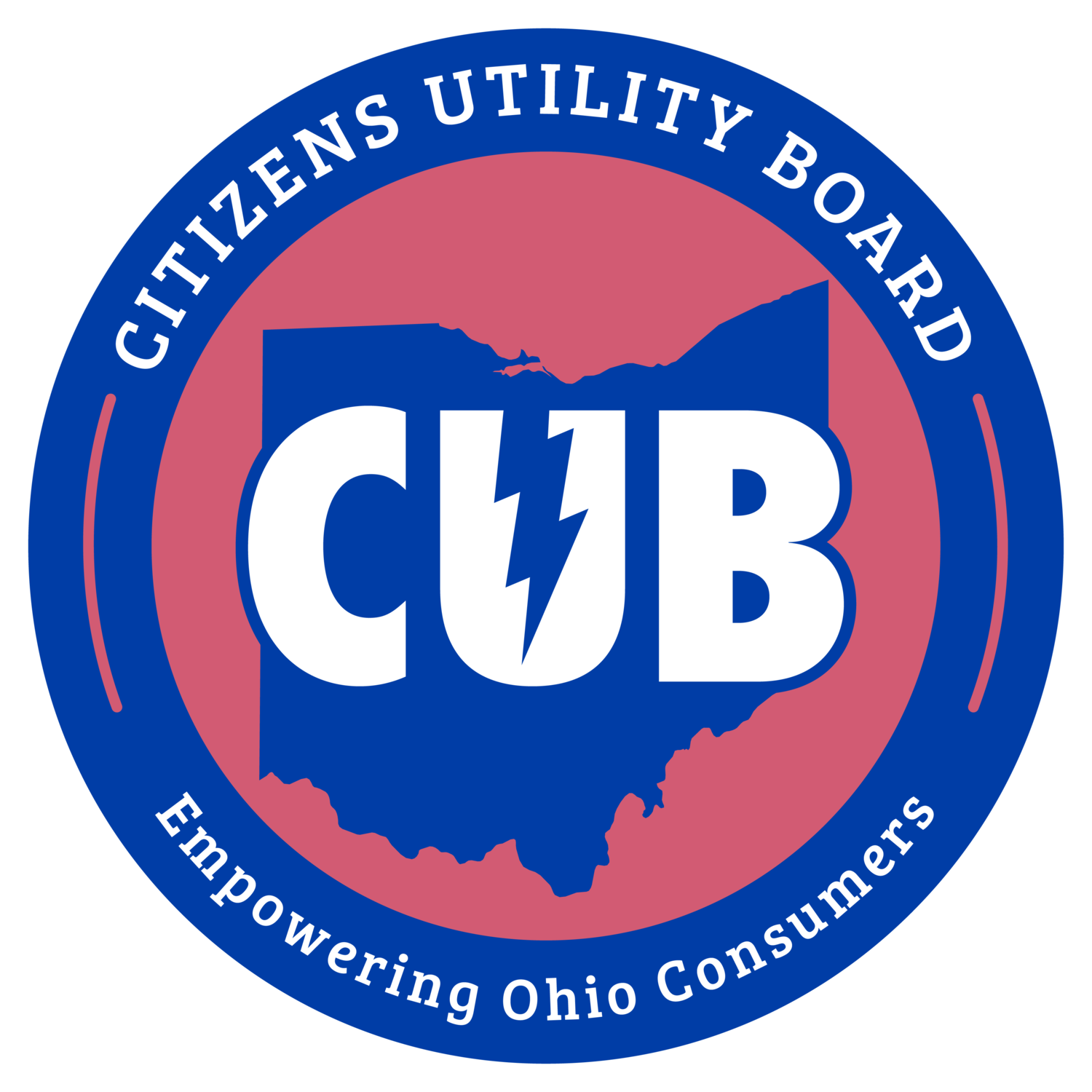A Policy Guide to Electrify Ohio Transportation
Electric vehicle (EV) adoption is growing rapidly in Ohio and is expected to accelerate in the coming decade as automakers expand the number of EV models they produce and increasingly convert light vehicle production to electric.
Transportation Electrification (TE) can be a driver of cleaner air, reduced carbon emissions, lower transportation costs, enhanced grid reliability, and a more efficient electricity system.
All Ohioans, from Ashtabula to Cincinnati, can benefit from this change, whether or not they ever drive an EV. But to ensure they do, Ohio needs the right TE policies and programs, reflecting Ohio’s market structure, supply mix, load dynamics, and social goals. Poorly designed or nonexistent policies, on the other hand, will lead to higher costs and lower benefits, hampering the electrification trend and exacerbating economic and social divisions.
CUB Ohio has researched these policies and programs and has produced a 28-page report intended to serve as a helpful guide for Ohio policymakers. It analyzes the multiple components of large-scale EV adoption, identifies challenges specific to Ohio, and presents recommendations on how the state can successfully implement EV policies to benefit the broadest circle of Ohio consumers.



